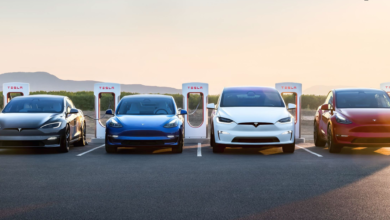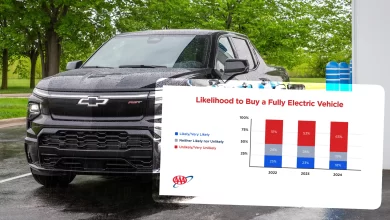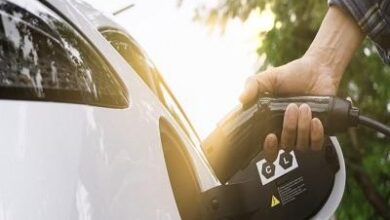Opinion | Drivers to pay price of EU backlash against China electric vehicles

China’s electric vehicle (EV) manufacturers have become globally competitive in a short space of time, spurred by the rapid electrification and infrastructure to support a shift to greener modes of transport.
At the end of last year, BYD knocked Tesla off its throne as the largest seller in the world, though its US rival reclaimed pole position after a first-quarter sales slump.
Today, six out of 10 EVs are sold in China. But it is those sold outside the country that are causing a stir.
Price wars at home and ready supply have driven Chinese EV makers to markets abroad. Relatively low prices and improved quality have attracted buyers in the European Union, destination for some 40 per cent of China EV exports.
The rise has been breakneck. China’s share of the western European market was 0.5 per cent in 2019. By the fourth quarter of 2023 it was 9.3 per cent. Tomorrow, its dominance at making EVs will be on display at the opening of the Beijing auto show.
The result has been a rising crescendo of concern from EU leaders about “overcapacity” and dumping, ignoring the reality that Chinese EV makers are at the top of their game.
Last October the European Commission launched an investigation into whether Beijing had provided subsidies that risk damaging European manufacturers.
China leads improvements in fossil fuel engine efficiency to fill electric gap
China leads improvements in fossil fuel engine efficiency to fill electric gap
Chinese EV exports have been piling up at the Belgian port of Antwerp, waiting to be registered in case tariffs need to be applied retroactively.
China rightly rejects the threatened tariffs as a new form of protectionism, because European carmakers are not competitive in EVs. Beijing has invested heavily in infrastructure for charging, spurring rapid growth and higher efficiency in its industry.
Now, Chinese carmakers are taking a page from Japan in the 1980s in an attempt to ease tensions. Then, Tokyo was locked in a heated dispute with the United States, which blamed Japan for its ballooning trade deficit. So Japanese manufacturers began opening plants in the US, starting with Honda in Ohio in 1982.
In a similar bid to avoid additional EU tariffs, Chery Automobile plans to build its first European factory in Spain, Dongfeng Motor is aiming for Italy, and BYD is planning on Hungary.
‘An economical choice’: can hydrogen-powered vehicles be China’s next EVs?
‘An economical choice’: can hydrogen-powered vehicles be China’s next EVs?
It is unlikely Chinese EV makers will escape the EU probe unscathed and, until those factories are up and running, European consumers will have to pay more for quality vehicles.
Freer trade and low tariffs reduce the costs to consumers globally. But politicians worldwide find it hard to resist the urge to protect their own industries from threat, real or perceived.
The US-Japan conflict went quiet for years as the world embraced globalisation and freer trade, that is, until former US president Donald Trump targeted Japanese steel imports.
The enduring backlash against globalisation will produce more victims, including EV drivers around the world.



